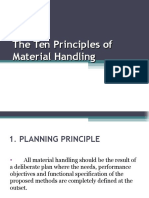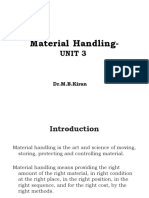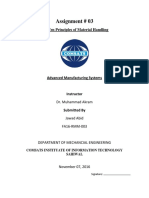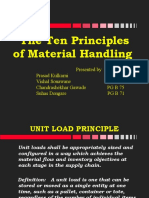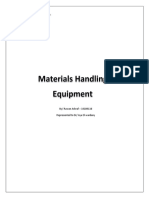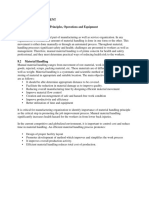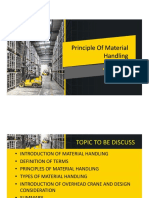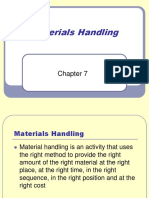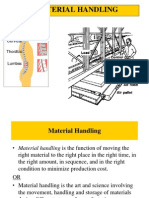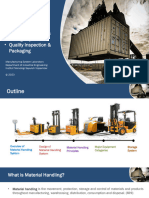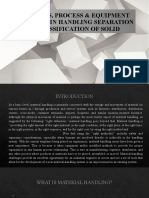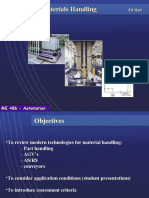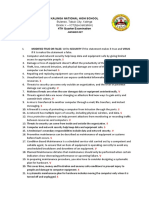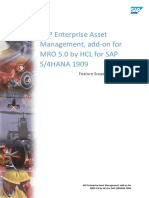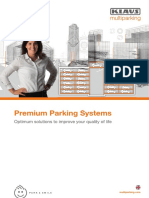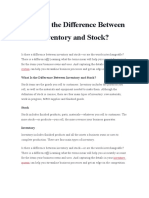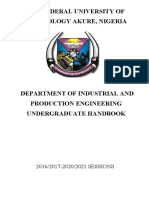0% found this document useful (0 votes)
247 views44 pages10 Principles Material Handling
The document outlines 10 principles of material handling: planning, standardization, minimizing work, ergonomics, unit loads, space utilization, treating material handling as a system, automation, environmental impact, and considering the entire life cycle. It provides definitions and key points for each principle, emphasizing planning, integration across the supply chain, minimizing costs and work, and considering human and environmental factors.
Uploaded by
afiqo aidilCopyright
© © All Rights Reserved
We take content rights seriously. If you suspect this is your content, claim it here.
Available Formats
Download as PDF, TXT or read online on Scribd
0% found this document useful (0 votes)
247 views44 pages10 Principles Material Handling
The document outlines 10 principles of material handling: planning, standardization, minimizing work, ergonomics, unit loads, space utilization, treating material handling as a system, automation, environmental impact, and considering the entire life cycle. It provides definitions and key points for each principle, emphasizing planning, integration across the supply chain, minimizing costs and work, and considering human and environmental factors.
Uploaded by
afiqo aidilCopyright
© © All Rights Reserved
We take content rights seriously. If you suspect this is your content, claim it here.
Available Formats
Download as PDF, TXT or read online on Scribd
/ 44

